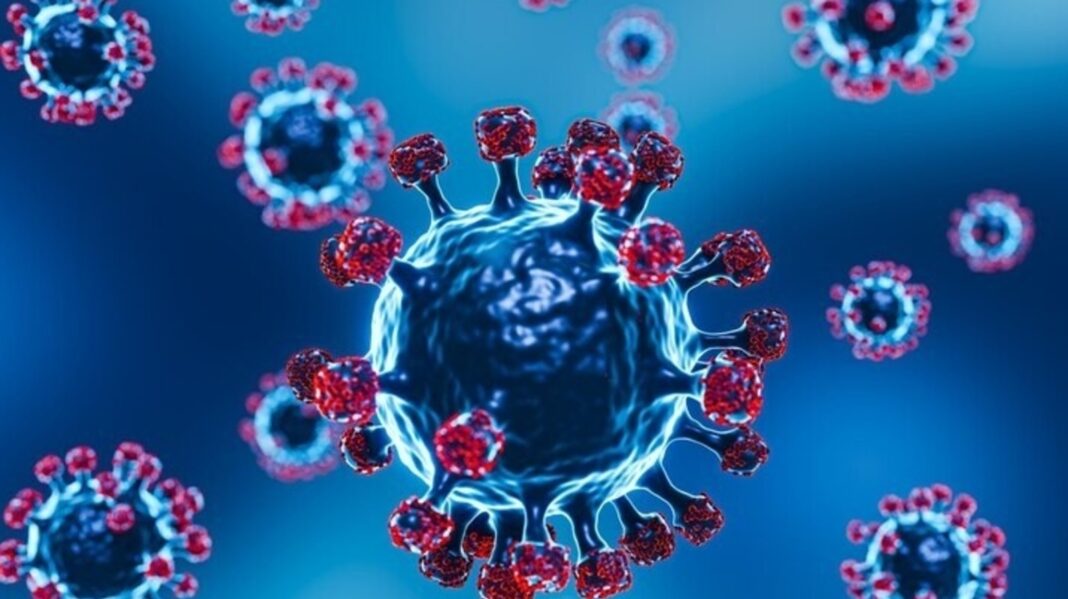Key Takeaways
- KP.2, the dominant member of a viral strain nicknamed FLiRT, has become the top COVID-19 variant in the United States.
- Common symptoms of FLiRT are runny nose, nasal congestion, sore throat, and fatigue.
- Immunity from vaccination and prior infection means that COVID-19 symptoms are often mild, but some people are at higher risk of becoming very sick.
A variant known as KP.2 continues to dominate as the top cause of COVID-19 in the United States, and latest data from Centers for Disease Control and Prevention (CDC) show that its spread has become faster over this month.
The strain, which accounted for 16 percent of cases at the end of April, now makes up more than 28 percent of COVID-19 infections.

Symptoms of FLiRT Variants Like KP.2 Include Runny Nose and Sore Throat
While KP.2 and KP.1.1 are spreading fast, there is no indication that they are more dangerous than other recent prevalent strains, such as JN.1, which is also part of the omicron family.
“There does not appear to be anything new regarding symptoms from the FLiRT variants; however, it may be too early to know and we should monitor for this,” says Krutika Kuppalli, MD, a former medical officer for COVID-19 health operations at the World Health Organization.
On X, formerly known as Twitter, the CDC noted that these strains are not causing any higher level of severe illness.
At this point, common symptoms of the new COVID variants KP.2 and others in the FLiRT strain continue to be:
- Nasal congestion or runny nose
- Sore throat
- Fatigue
- Headache
- Cough
- Muscle or body aches
- Fever or chills
- Nausea or vomiting
- Diarrhea
- New loss of taste or smell
- Shortness of breath or difficulty breathing
Some People Will Be Hard Hit by the New FLiRT Variants
Even though KP.2 may be better able to evade immune defenses, most people will experience only mild symptoms because vaccination or prior infection has provided them with sufficient protection to fight off severe illness, according to Dr. Kuppalli.
Peter Chin-Hong, MD, a professor of medicine at the University of California in San Francisco who specializes in infectious diseases, agrees that symptoms so far appear to be similar to those caused by previous recent variants.
He does caution, however, that in some people who lose their sense of taste and smell — a once-common symptom that has become more rare — shortness of breath may soon follow.
“Difficulty breathing may set in about seven days after the onset of [these] symptoms and some patients will get very sick,” says Dr. Chin-Hong.
The CDC continues to warn that older adults are at highest risk of getting very sick from COVID-19, and more than 81 percent of COVID-19 deaths occur in people over age 65.
A Small Summer Wave May Lie Ahead
With the highly transmissible KP.2 variant in circulation, health authorities expect a rise in infections as we head into the summer months.
“I think we’ll definitely see more cases in the weeks ahead,” says Chin-Hong. “Wastewater data is beginning to show an increase in cases in some jurisdictions in the U.S., and parts of Europe like the U.K. and Spain have been also seeing a slight uptick in COVID cases, likely fueled by these new FLiRT variants.”
Although serious illnesses have declined since the peak of the pandemic, the CDC reminds the public that COVID-19 is still a health threat and people need to take precautions to help keep disease spread to a minimum.
The federal health agency notes that vaccination remains the best protection against COVID-19-related hospitalization and death. Vaccination also reduces your chance of experiencing long COVID, which can develop during or following acute infection and drag on for months or longer.
“It’s important to remember that we are still in a pandemic, it’s just that the public health emergency of international concern has been lifted,” says Kuppalli, who also serves on the Global Health Committee for the Infectious Disease Society of America. “The virus continues to evolve so it’s important for us to monitor for these changes and adjust accordingly.” -everydayhealth



